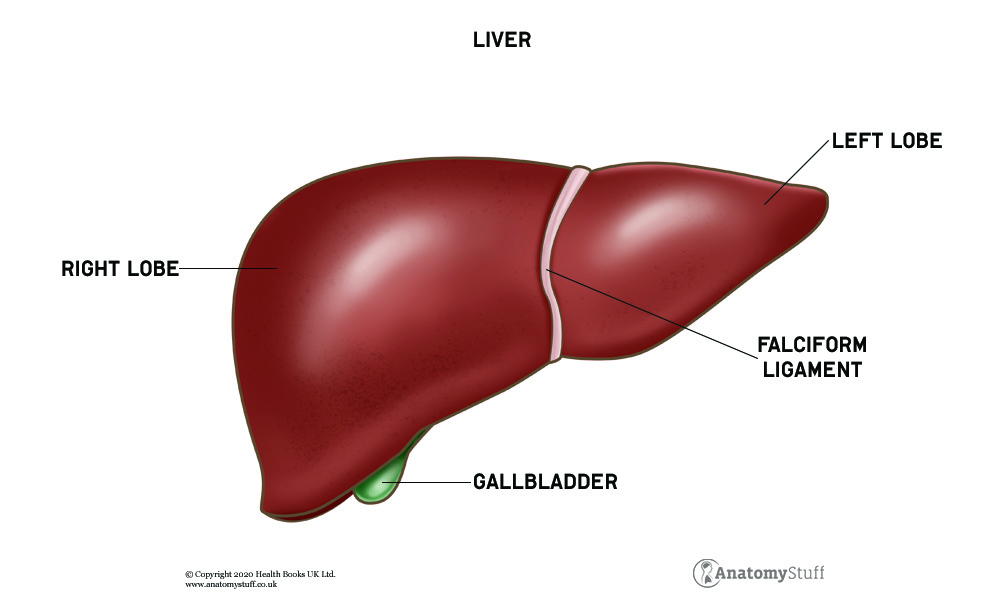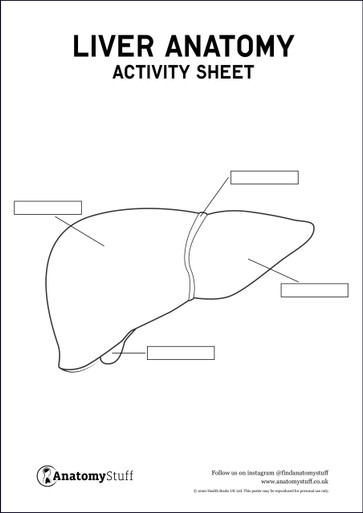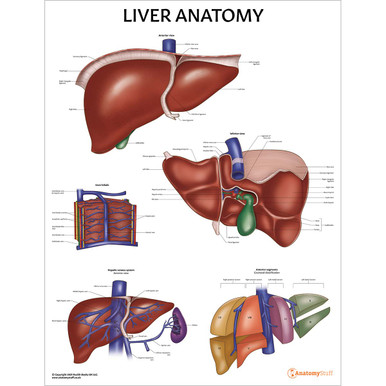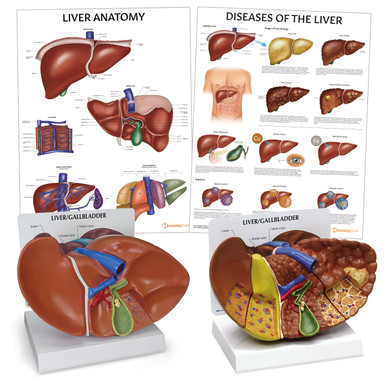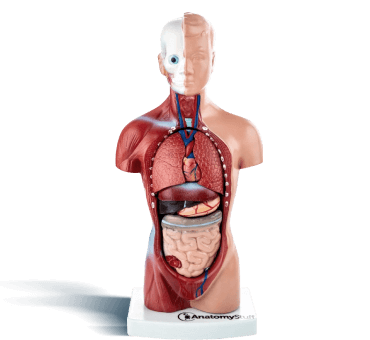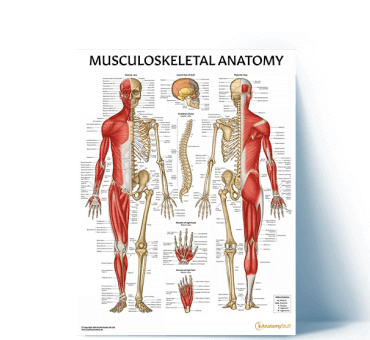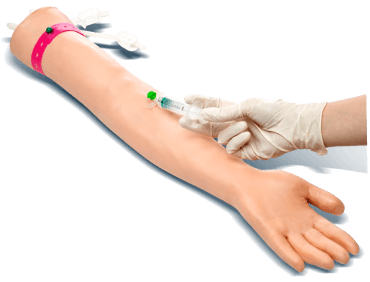Written by: Liz Paton, MSc
Liver Anatomy Overview
The liver plays a tremendous role in your health. It is the largest organ in the human body by mass. The liver has several important jobs such as cleaning your blood, supporting blood clots storing vitamins and minerals, producing bile and many more.
Anatomy of the Liver
The liver is a pinkish brown organ located in the upper right abdomen, just below the diaphragm and on top of the stomach, right kidney and intestines. The liver is divided into right and left lobes by the middle hepatic vein. The right lobe is six times larger than the left.
Liver Segments
The liver can also be broken down into eight segments by the Couinaud classification, each of which function independently; each with its own vascular flow and biliary drainage. Segment 1 is the caudate lobe, found upon the posterior surface of the right lobe. Segment 2 and segment 3 are located to the left of falciform ligament the left hepatic vein. Segment 4 is situation between the left and middle hepatic veins and is subdivided into superior and inferior segments. Segment 5 is found between the right and middle hepatic veins, below the portal plane. Segment 6 is also located beneath the portal plane, to the right of the right hepatic vein. Segment 7 is located above the portal plane, to the right of the hepatic vein and, finally, segment 8 is also located above the portal plane, between the middle and right hepatic veins.
Gallbladder
The gallbladder is the small, hollow, pear-shaped organ that lies beneath the liver. It is responsible for storing the bile that helps break down fatty foods. However, you can live without a gallbladder as the liver is still able to make enough bile to digest food.
Functions of the Liver
As mentioned before, the liver has several vital functions. To name a few: it excretes bile which is needed for digestion and the absorption of fats and fat soluble vitamins. Bile is produced in the liver and is stored in the gallbladder. The liver regulates blood levels of amino acids and stores iron. It breaks down old or damaged blood cells and it regulates blood clotting with a system of plasma proteins called coagulation factors.
Blood Supply of the Liver
The liver’s blood supply comes from two sources: the hepatic artery proper and the hepatic portal vein. The hepatic artery proper is derived from the coeliac trunk. It branches into the right and left hepatic arteries from the common hepatic artery and supply the right and left lobes of the liver. The hepatic portal vein carries blood from the spleen and gastrointestinal tract to the liver.
Free Download PDFs
View AllRelated Products
View All






